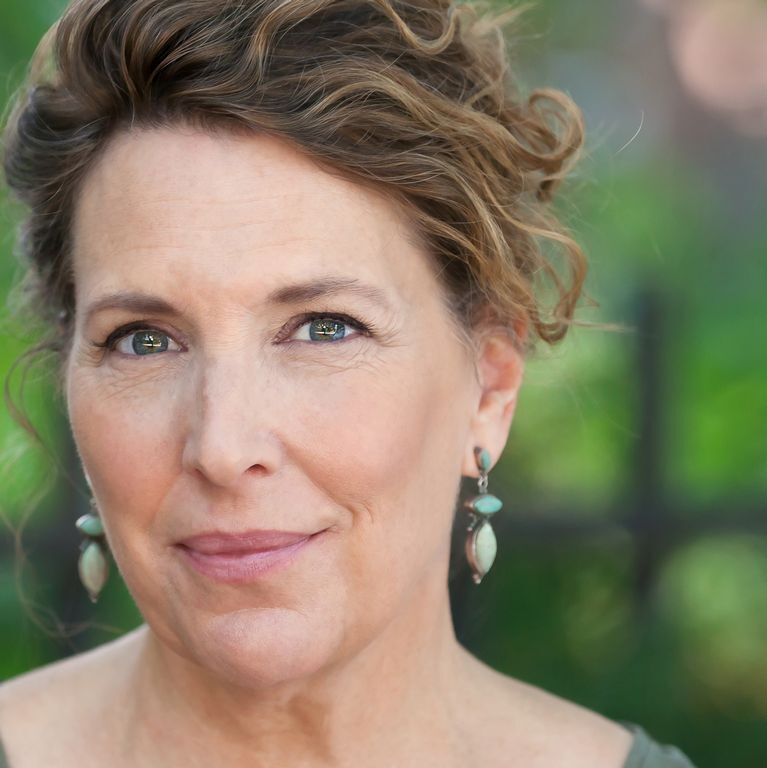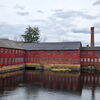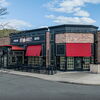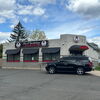Processing Your Payment
Please do not leave this page until complete. This can take a few moments.
-
News
-
Editions
-
- Lists
-
Viewpoints
-
HBJ Events
-
Event Info
- 2024 Economic Outlook Webinar Presented by: NBT Bank
- Best Places to Work in Connecticut 2024
- Top 25 Women In Business Awards 2024
- Connecticut's Family Business Awards 2024
- What's Your Story? A Small Business Giveaway 2024 Presented By: Torrington Savings Bank
- 40 Under Forty Awards 2024
- C-Suite and Lifetime Achievement Awards 2024
- Connecticut's Health Care Heroes Awards 2024
-
-
Business Calendar
-
Custom Content
- News
-
Editions
View Digital Editions
Biweekly Issues
- April 15, 2024
- April 1, 2024
- March 18, 2024
- March 4, 2024
- February 19, 2024
- February 5, 2024
- January 22, 2024
- January 8, 2024
- Dec. 11, 2023
- + More
Special Editions
- Lists
- Viewpoints
-
HBJ Events
Event Info
- View all Events
- 2024 Economic Outlook Webinar Presented by: NBT Bank
- Best Places to Work in Connecticut 2024
- Top 25 Women In Business Awards 2024
- Connecticut's Family Business Awards 2024
- What's Your Story? A Small Business Giveaway 2024 Presented By: Torrington Savings Bank
- 40 Under Forty Awards 2024
- C-Suite and Lifetime Achievement Awards 2024
- Connecticut's Health Care Heroes Awards 2024
Award Honorees
- Business Calendar
- Custom Content
Q & A with Laura Pirie, principal at Pirie Associates Architects in New Haven
 Laura Pirie, principal at Pirie Associates Architects in New Haven.
Laura Pirie, principal at Pirie Associates Architects in New Haven.
New Haven Biz talks with Laura Pirie, principal at Pirie Associates Architects in New Haven, about design and build trends in the Elm City and beyond. Pirie, who has been an architect for 28 years and completed projects around the world, founded her own firm in 2002. She is also on the faculty of the Yale University School of Architecture.
Q: Can you highlight some of the projects you've worked on in and around New Haven?
A: Our work in and around New Haven spans all scales from residential to mixed-use to urban design and placemaking. Our largest project in New Haven is the comprehensive renovation of Baker Hall, a 130,000-square-foot Yale Law School building, which will greet students this August. Denali, an outdoor retailer (formerly Trailblazer), is one of our long-term collaborations. We recently developed a new store prototype focusing on customer experience and directly embodying the company’s values. In the case of placemaking and urban design, much of our work has an “invisible hand,” in that our stewardship is not always obvious. We have worked with community groups, both pro bono and contracted, where we have helped nurture a vision for their neighborhood. We have designed placemaking solutions in downtown and Westville to improve the sense of place, connectivity and the pedestrian experience. We have worked with the City of New Haven Planning Department to create design guidelines and give feedback on proposed developments to enhance and preserve the unique character of our neighborhoods. These projects are examples of the way we like to work: surgical, nuanced, and strategic in approach and intensely collaborative with clients.
Q: What do clients want? How do you help them?
A: When clients come to us, they know they need architectural services, but often don’t understand what that means or the potential that exists when considering their built environment. Everyone understands that architects design buildings. What they don’t realize is that their environment, when created on purpose and with intention, can be an active collaborator in the growth of their organization or community. Sometimes the result of our work is not a new building but a landscape, or a placemaking sculpture, or a piece of furniture. So we help our clients articulate their aspirations and objectives separate from a preconceived solution so the outcome addresses the full potential of the effort. This way of working is empowering and transformational.
Q: You mention placemaking, can you explain that term?
A: Placemaking is designing environments, typically exterior, with the specific intention of creating something that has cultural resonance and creates connection. Where stakeholders feel a sense of belonging in that place and create their owning meaning around its use. It’s not a new term, but we tend to use it more than “urban design” because of the deeper connection to purpose and the aspirational implications.
Q: What is a “transformative design process” and how is it different from traditional architectural services?
A: A transformative design process is one that triggers change in both awareness and action. The change can be subtle or bold and empowers the client to engage their environment and themselves in a new way. To do this we share the driver’s seat with the client and invite their wisdom and knowledge to lead us. We then layer in our expertise in aesthetics, form, health and well being, cost and detailing to create the physical result of the collaboration. Designing this way means letting go of our self-importance as architects and what we make and instead shift our gaze to empowering clients by leading with their purpose and their “why.”
Q: How can this approach make a difference in the success of a downtown area?
A: When communities are engaged in creating their places they create their own relationship to and responsibility for that place. Ideas are heard, stories are shared, and people create their own mythology and meaning, whether it’s about a building, a block, or a neighborhood. This has to happen from the bottom up, not the top down. It can be messy to work this way, but the reward is big. Once a community invests in its place with its attention, and presence, and action, the place and the community grow. One can see emerging evidence of this in New Haven neighborhoods from Grand Avenue in Fair Haven to Westville Village in Westville to downtown. When people are encouraged to engage in their neighborhood’s character and purpose, they feel connected through their efforts and in turn, create community.
Q: Is there a cohesive trend in design that has developed in New Haven?
A: There are two trends that are gaining cohesion in New Haven that I hope will intersect and amplify the impacts of each. First is the focus on developing distinct neighborhoods and their individual character. For example, the Hill-to-Downtown plan is a strategy to develop a void that challenges the neighborhood’s ability to function as a place. Similar things are beginning to happen in Dixwell and West River, each building on what’s unique to that place. Second is improvement in multi-modal connectivity: bike routes, pedestrian paths, and soon, a re-designed bus system. Once we get ourselves out of our own neighborhoods and walking, biking and busing with one another, we will see what a great city we have through the eyes of our neighbors.
Reach Wendy Pierman Mitzel at news@newhavenbiz.com

2022 Giving Guide
This special edition informs and connects businesses with nonprofit organizations that are aligned with what they care about. Each nonprofit profile provides a crisp snapshot of the organization’s mission, goals, area of service, giving and volunteer opportunities and board leadership.
Learn more
Subscribe
Hartford Business Journal provides the top coverage of news, trends, data, politics and personalities of the area’s business community. Get the news and information you need from the award-winning writers at HBJ. Don’t miss out - subscribe today.
Subscribe
2024 Book of Lists
Delivering Vital Marketplace Content and Context to Senior Decision Makers Throughout Greater Hartford and the State ... All Year Long!
Read Here-
2022 Giving Guide
This special edition informs and connects businesses with nonprofit organizations that are aligned with what they care about. Each nonprofit profile provides a crisp snapshot of the organization’s mission, goals, area of service, giving and volunteer opportunities and board leadership.
-
Subscribe
Hartford Business Journal provides the top coverage of news, trends, data, politics and personalities of the area’s business community. Get the news and information you need from the award-winning writers at HBJ. Don’t miss out - subscribe today.
-
2024 Book of Lists
Delivering Vital Marketplace Content and Context to Senior Decision Makers Throughout Greater Hartford and the State ... All Year Long!
ABOUT
ADVERTISE
NEW ENGLAND BUSINESS MEDIA SITES
No articles left
Get access now
In order to use this feature, we need some information from you. You can also login or register for a free account.
By clicking submit you are agreeing to our cookie usage and Privacy Policy
Already have an account? Login
Already have an account? Login
Want to create an account? Register
Get access now
In order to use this feature, we need some information from you. You can also login or register for a free account.
By clicking submit you are agreeing to our cookie usage and Privacy Policy
Already have an account? Login
Already have an account? Login
Want to create an account? Register






0 Comments